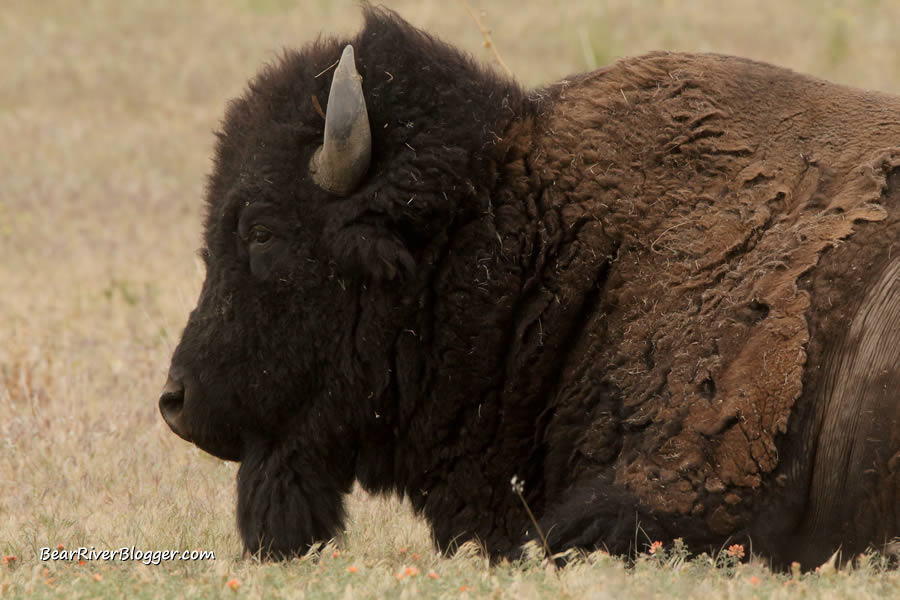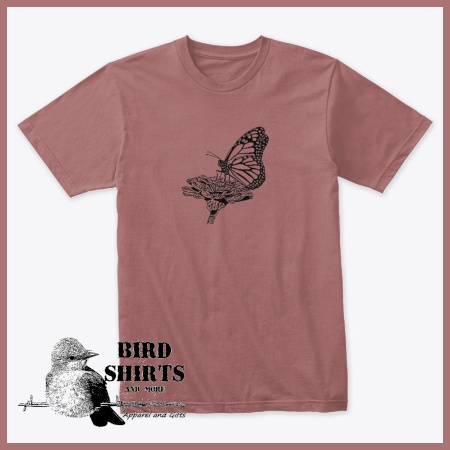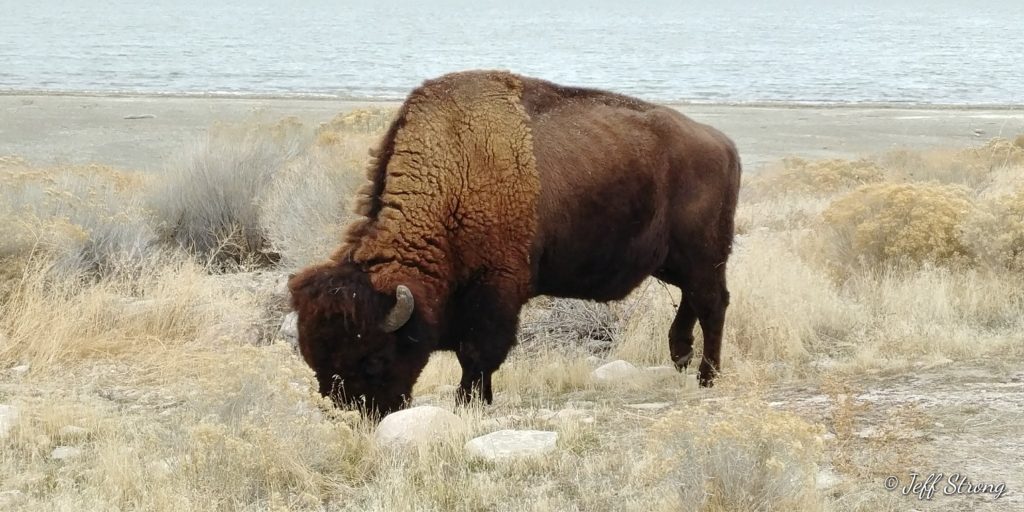Up until this year, I had never been to the annual Antelope Island Bison Roundup and I was determined that needed to change.
I had always wanted to go and check out the roundup, but my schedule just never seemed to line up with the yearly event.
Early last Saturday morning, however, I purposely took some time off and made it a point to visit the state park so I could watch hundreds of riders on horseback gather and herd hundreds of bison from one end of the island to almost the other end.
It was quite a sight to behold, even for someone who isn’t much into horseback riding, as riders worked together as a large, choreographed group for hours, slowly pushing the bison northward to the awaiting corrals several miles away.
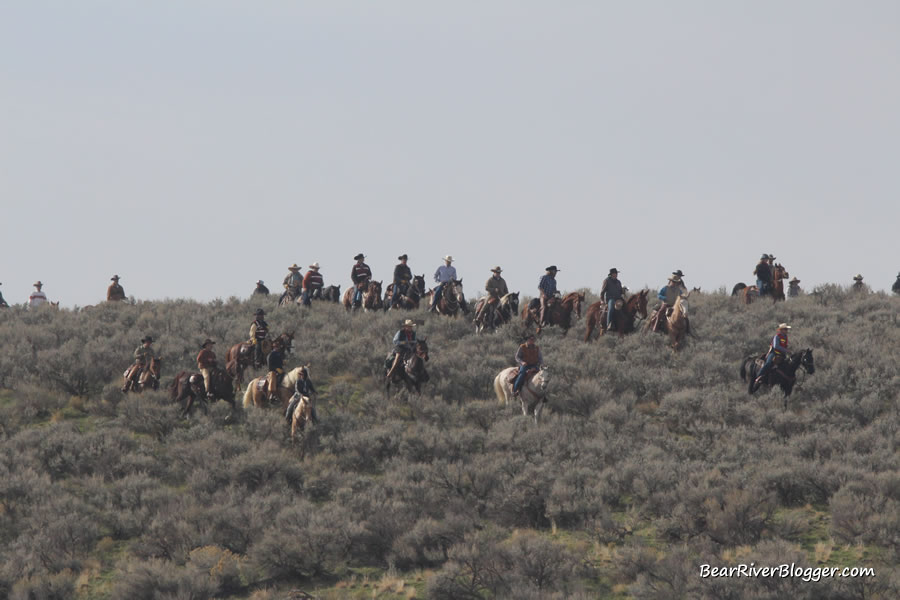
But, as I soon found out, there is more to the annual bison roundup than just pushing bison from one end of the island to the other, a lot more, in fact.
After the roundup and when most of the bison are gathered, herded, and then collected in the large corrals on the west side of the island, the real work begins.
I say “most of the bison” are gathered as the large bulls are left alone due to their size and unpredictable nature, making them a lot more dangerous to handle in such close proximity as this.

In a nutshell, the bison on Antelope Island are rounded up annually so they can be vaccinated, weighed, females checked for pregnancy, and then sorted where some of the herd are released back onto the island and others are sold through a public auction.
It is certainly a sensitive subject for some people when the words “sold at auction” are mentioned, and questions always arise when this topic comes up.
So, as a result, I decided to return to Antelope Island during the following week to see what I could learn about what actually happens to the bison afterward and why some are sold at auction.
Before I go any further here, let me just say this blog post is just a compilation of images, video, and what information I could gather from talking to park personnel during the entire event.
It is not meant to take one side or the other on the subject of the bison auction or anything else regarding the bison roundup, for that matter, but just merely a report of what I saw and learned from going to the event.

Once the bison are rounded up and settled in the large holding pens on the west side of the island, what is termed the “working of the bison” commences.
Just like the annual bison roundup, this 3-day event is also open to the public and an opportunity where park visitors can get a first-hand look at what actually goes on after the actual bison roundup is complete.
From what I was told, about 100 workers, mostly volunteers, work the bison each day for the 3-day period.
A lot of this entails moving the bison from the large corrals to where they can be sorted into groups of 3-5 animals and sent through the work station where the weighing, pregnancy check, and vaccination occurs.
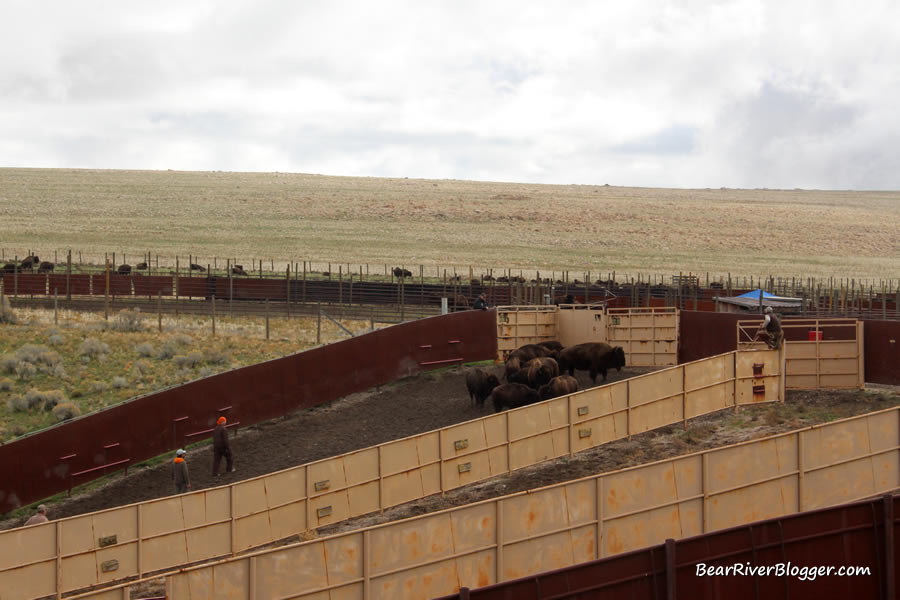
This is where handlers actually get in the corrals with the bison to try and sort them into these small, workable groups.
Once sorted, they are sent down a large runway to where the actual work is done on the bison.
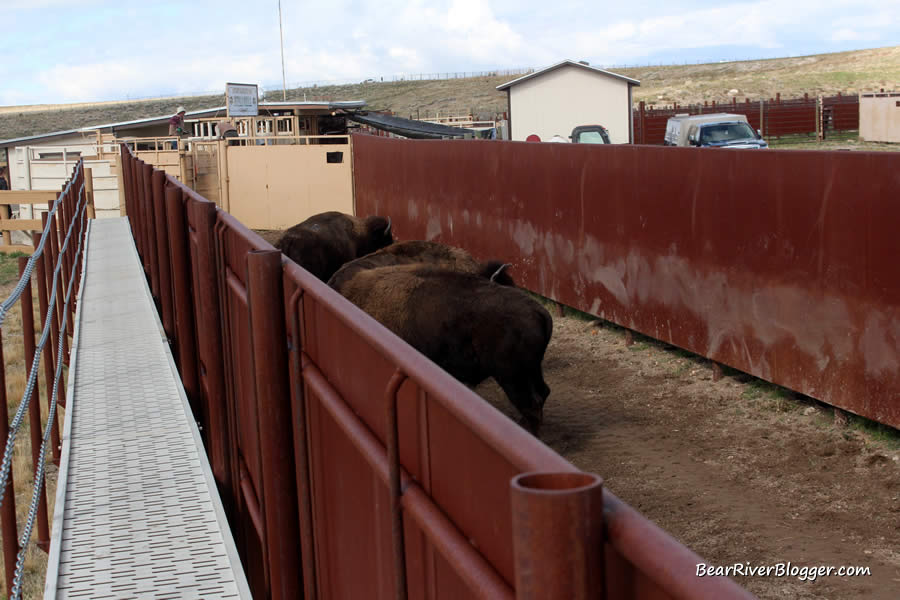
Visitors can get up on the catwalk and be just a few feet away from the bison as they are herded down the runway, both by humans and machines, towards the weighing station.
From there, the bison are herded through the workstation one by one where they are they are weighed, vaccinated, pregnancy checked, and then determined if they stay on the island or they will be sold at auction.
Each bison has a small microchip embedded in it that is scanned during this process so the animal can be identified and all the pertinent data be attached to its history on the computer.

Once it is determined if it goes back on the island or to auction, each bison is released from the work station and either placed in holding corrals or sent out to pasture.
After the overall work is complete, bison that are deemed for auction stay in the corrals for the upcoming auction the following week, and the remaining bison are turned loose back onto the island.
From what I was told by park staff, around 500-550 bison are usually kept each year for the park and any overage from this amount is auctioned off.
Typically from what I was told, pregnant females stay on the island, and females not currently pregnant are candidates for the auction, along with many of the yearling bulls.
The state park biologist uses a complex process that determines which mix of cows, calves, yearlings, and older bulls that can be sustained on the island year in and year out with regards to how much grass is available to not only the bison, but all the rest of the herbivores the island supports, including mule deer, pronghorn, and bighorn sheep.
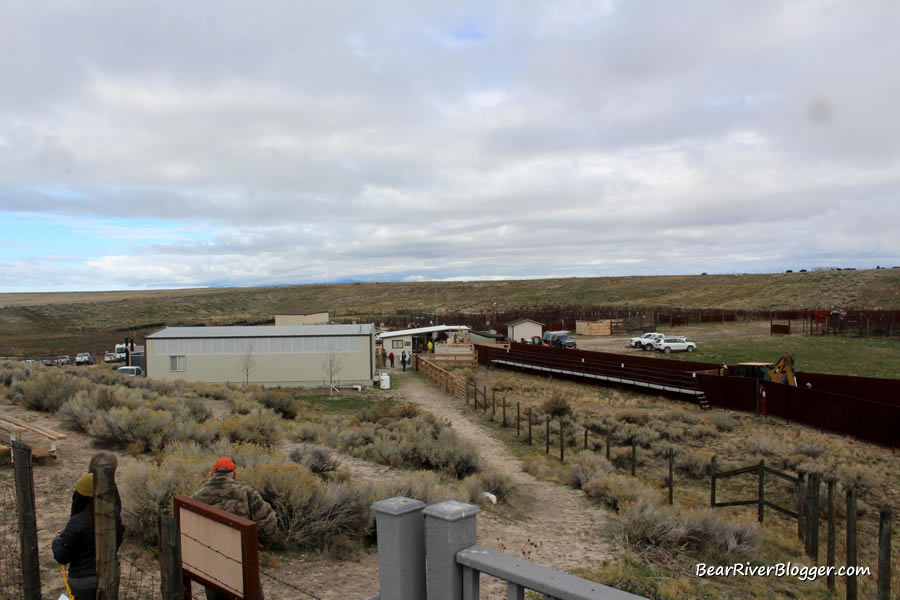
Antelope Island has no large predators, such as cougars or wolves, that can hunt and feed upon the bison, the natural way animal populations are kept in check.
The largest predator on the island is, in fact, the coyote which is nowhere big enough to hunt and take down a bison.
As such, the bison population is free to grow almost at will, with the fear from biologists the large herbivores could literally eat themselves out of house and home from overgrazing the island if the bison population was allowed to grow and grow each and every year unfettered.
This is where the roundup and auction come in, the way the state park has decided to manage the bison population and remove the “excess” bison from the island each year.
In 2020, according to the state park website, the number of bison that were sold at auction tallied 238 animals.
The bison auction is a controversial topic I will admit, but so is a lot of subject matter with regards to wildlife management and nature.
But, as I mentioned before, I am here to just report what I see in the natural world around us, both the good and the not so good, as it were, and let everybody decide for themselves how to process the information I share on this blog.
This past week, I learned a lot about what the bison roundup and auction entails, but I don’t have all the answers as I went into this event as a total newbie with regards to the event.
And as such, if you have any questions, concerns, or thoughts about the roundup, both good or bad, I suggest contacting Antelope Island State Park management directly for further information about the bison roundup on Antelope Island.
I appreciate your readership and if you like nature, especially birds like I do, I offer you to head to my subscribe page and sign up for email notifications for future blog posts.
Feel free to share this or any other blog post on our site you find interesting on your favorite social media outlet as I appreciate your support for my efforts to share what I see and photograph out in nature.

